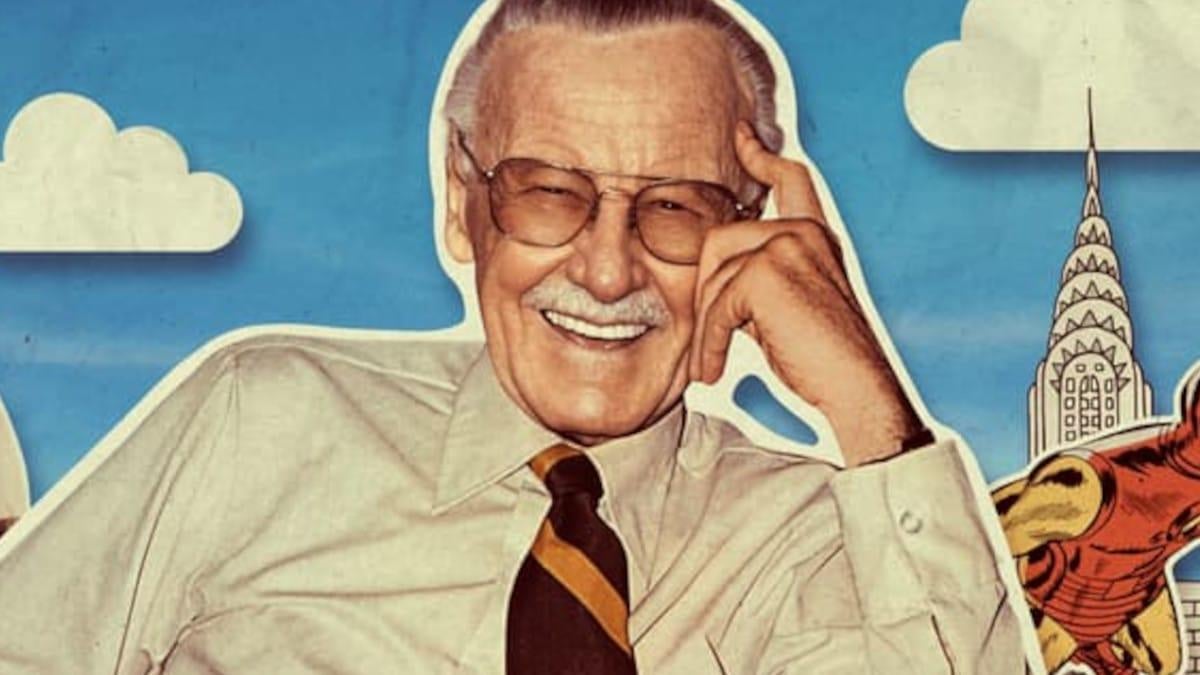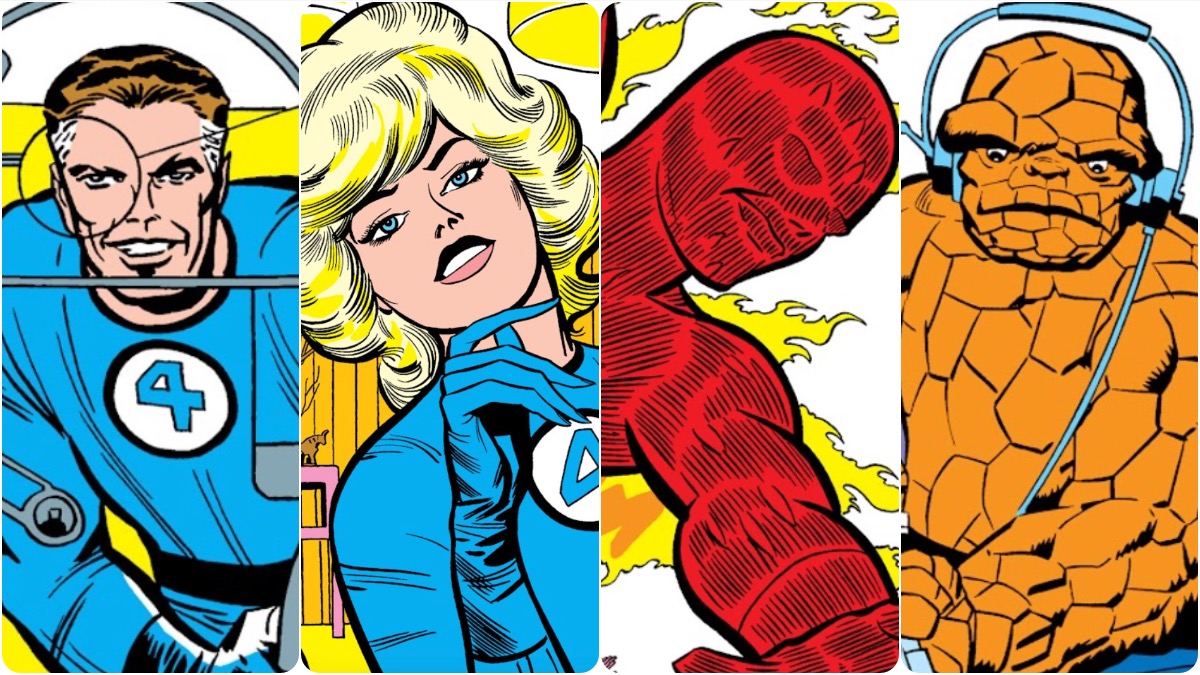
In the revered corridors of comic book lore, few figures tower as significantly as Stan Lee, the dynamic architect of Marvel’s ascension to prominence in the 1960s. While Lee’s vibrant persona and inventive imagination molded the superhero genre into its contemporary form, his most transformative impact was a groundbreaking production technique that fundamentally reshaped comic creation. Known as the “Marvel Method,” this innovative approach overturned the conventional comic creation process, emphasizing visual storytelling and artistic collaboration in ways never before seen within the industry. Unlike traditional methods where artists were given detailed scripts outlining every panel, Lee devised a more flexible approach that empowered artists with an unparalleled level of creative control over the narrative process. This unconventional style not only differentiated Marvel from competitors but also fueled the prolific output characteristic of its golden age.
During the 1960s, Stan Lee, overwhelmed by writing multiple titles simultaneously, developed the Marvel Method as an alternative to the detailed scripts used at DC Comics. Unlike the traditional method where writers scripted every detail before artwork, Lee offered artists brief story summaries or discussions, outlining key plot points and scenes. Artists then filled in these skeletal ideas with complete visual stories, deciding on pacing, action sequences, and character moments independently. Later, Lee added dialogue, captions, and sound effects based on the completed artwork, a process that helped Marvel churn out comics quickly while highlighting the skills of visual storytellers like Jack Kirby and Steve Ditko.
The outcomes were unquestionably remarkable. Legendary tales such as the Galactus Trilogy within the Fantastic Four, the arrival of Black Panther, and the demise of Gwen Stacy in The Amazing Spider-Man are just a few examples born from this collaborative style. The Marvel Method promoted a distinctive visual energy that set Marvel comics apart from others. Artists enjoyed a great deal of liberty to orchestrate battle sequences, create new characters, and even insert side plots without being bound by stringent panel instructions. This visual-focused approach played a significant role in building Marvel’s reputation for dynamic action and compelling narratives. Furthermore, this system allowed for increased productivity during a period when Marvel was rapidly expanding its superhero titles, enabling Stan Lee to manage numerous books concurrently, which would have been challenging under the conventional scripting method.
The Attribution Controversies: The Dark Side of the Marvel Method

In my critique as a moviegoer and comic enthusiast, I’ve found myself grappling with the complexities of the Marvel Method, a creative approach that, while innovative, has stirred up quite a storm concerning credit and remuneration. The most contentious disputes have revolved around the partnership between Stan Lee and Jack Kirby, the co-creators of iconic Marvel characters like the Fantastic Four, Avengers, X-Men, and more.
Kirby, who was primarily responsible for sketching out stories, designing characters, and making key narrative decisions that a writer would typically handle in conventional methods, has been at the center of debates about whether he deserved co-writing credit and more than just artist compensation. Kirby himself asserted that he played a pivotal role in developing the plots during their collaborations, with Lee contributing dialogue afterwards.
The situation became even murkier due to Marvel’s work-for-hire contracts, which meant that artists received no royalties or ownership rights for the characters they helped bring to life. This issue remains a topic of ongoing discussion in the comic community, as we continue to appreciate and scrutinize the incredible worlds these visionaries created together.
During my tenure as a comic book aficionado, I found myself immersed in the tumultuous relationship between Lee and Steve Ditko during their pioneering work on Amazing Spider-Man. By issue #25, it was evident that Ditko had taken full reigns over plotting the stories, leaving Lee to merely add dialogue to the already completed pages. Yet, it’s fascinating how Lee managed to secure all the writing credit, a move that, as reported, played a significant role in Ditko’s departure from Marvel in 1966. The peak of these creative clashes surfaced in 1978 when Marvel enforced a work-for-hire agreement, which Jack Kirby refused to sign. This led to an unfortunate standoff where Marvel held his original artwork ransom – artwork that, considering contemporary values, would be worth millions today.
The ongoing conflict over credits and ownership from past decades, often referred to as attribution battles, has left a lasting impact on Lee’s image and led to prolonged court disputes between Marvel artists’ estates. In 2009, the family of Jack Kirby, who co-created several characters for Marvel, filed lawsuits to cancel copyright transfers in an effort to reclaim ownership rights. Although this case was eventually resolved out of court in 2014, it underscored the ongoing consequences of Marvel’s past handling of creator credits. Similarly, disputes arose over the estate of Steve Ditko after his death in 2018. These conflicts have significantly reshaped the comics industry’s approach to creators’ rights, with contemporary publishers typically implementing more detailed credit and compensation systems that acknowledge the collaborative essence of comic book creation.
Is It Still Possible to Use Stan Lee’s Writing Method to Create Comic Books?

In modern times, the comic book world, especially Marvel Comics, has moved away from the Marvel Method used back in the 1960s due to the shift towards large-scale crossover events instead of standalone stories. Starting with “Avengers Disassembled” around the early 2000s, comic storytelling has become more intricate and interconnected across numerous titles. Events like “Civil War,” “King in Black,” and others necessitate careful planning to ensure consistency within the narrative. With major events planned up to 18 months in advance, including merchandise, promotions, and multimedia tie-ins, editors must maintain control over the storyline to prevent any unexpected developments or character changes that might conflict with the preplanned roadmap.
As a moviegoer who’s always eager to dive into a captivating universe, I can’t help but notice the intricate web of stories being woven today in the world of comic books. It’s not just about hundreds of characters intertwining their actions consistently across numerous titles anymore – it’s a labyrinth of connections that even a seasoned fan might struggle to navigate.
The traditional approach, where significant story choices were left to individual artists, can sometimes lead to continuity errors or contradictions with other books’ developments. It’s like watching two movies set in the same universe but seeing inconsistencies that just don’t make sense.
Moreover, the financial landscape of comic publishing has undergone a massive transformation. The Marvel Method, born out of efficiency in an era when comics were flying off shelves by the hundreds of thousands, no longer holds the same advantages it once did due to today’s lower sales figures. This means publishers have less room for error and typically dedicate more time meticulously planning each issue.
Lastly, digital tools have revolutionized the process. Writers can now easily revise scripts and collaborate with artists throughout development, minimizing the practical benefits that once made the Marvel Method indispensable.
Even with the difficulties encountered in the early days of the Marvel Method, its principles continue to hold significant value for modern comic creation. For independent publishers and self-owned titles, this collaborative method encourages inventive storytelling by leveraging the unique talents of both writers and artists. This approach is particularly effective for standalone stories or limited series where maintaining continuity is less crucial. Companies like Image Comics, which prioritize creator control, offer an ideal setting for this collaboration to flourish without the credit disputes that once troubled Marvel. A key improvement in contemporary applications is open dialogue about credit and payment before work begins, guaranteeing fair recognition for each contributor’s creative input.
In today’s creative industry, the Marvel Method is most effective when built on a strong base of trust and open communication – aspects that were sometimes missing in its earlier use. It’s crucial for teams to establish clear agreements at the outset regarding credit allocation, recognition for contributions, and the distribution of intellectual property rights. By setting these guidelines, the method maintains its benefits in visual storytelling and fosters a harmonious blend of creativity between writers and artists. Although it may no longer be as prominent in mainstream superhero comics as it was in the 1960s, Stan Lee’s groundbreaking approach remains an essential weapon in a comic creator’s toolkit.
Read More
- PI PREDICTION. PI cryptocurrency
- WCT PREDICTION. WCT cryptocurrency
- Guide: 18 PS5, PS4 Games You Should Buy in PS Store’s Extended Play Sale
- LPT PREDICTION. LPT cryptocurrency
- Gold Rate Forecast
- Shrek Fans Have Mixed Feelings About New Shrek 5 Character Designs (And There’s A Good Reason)
- SOL PREDICTION. SOL cryptocurrency
- FANTASY LIFE i: The Girl Who Steals Time digital pre-orders now available for PS5, PS4, Xbox Series, and PC
- Playmates’ Power Rangers Toyline Teaser Reveals First Lineup of Figures
- Solo Leveling Arise Tawata Kanae Guide
2025-04-06 21:10